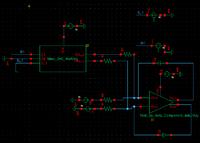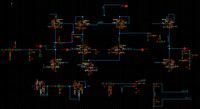mretsh91
Junior Member level 3
I am currently working on a fifth order continuous time sigma delta ADC, the sampling frequency used is 384 MHZ .... I have a main problem with the normal DAC using MOS-switches as it has a large delay.... what DAC architecture should I use to work fine with this sampling frequency ?????




